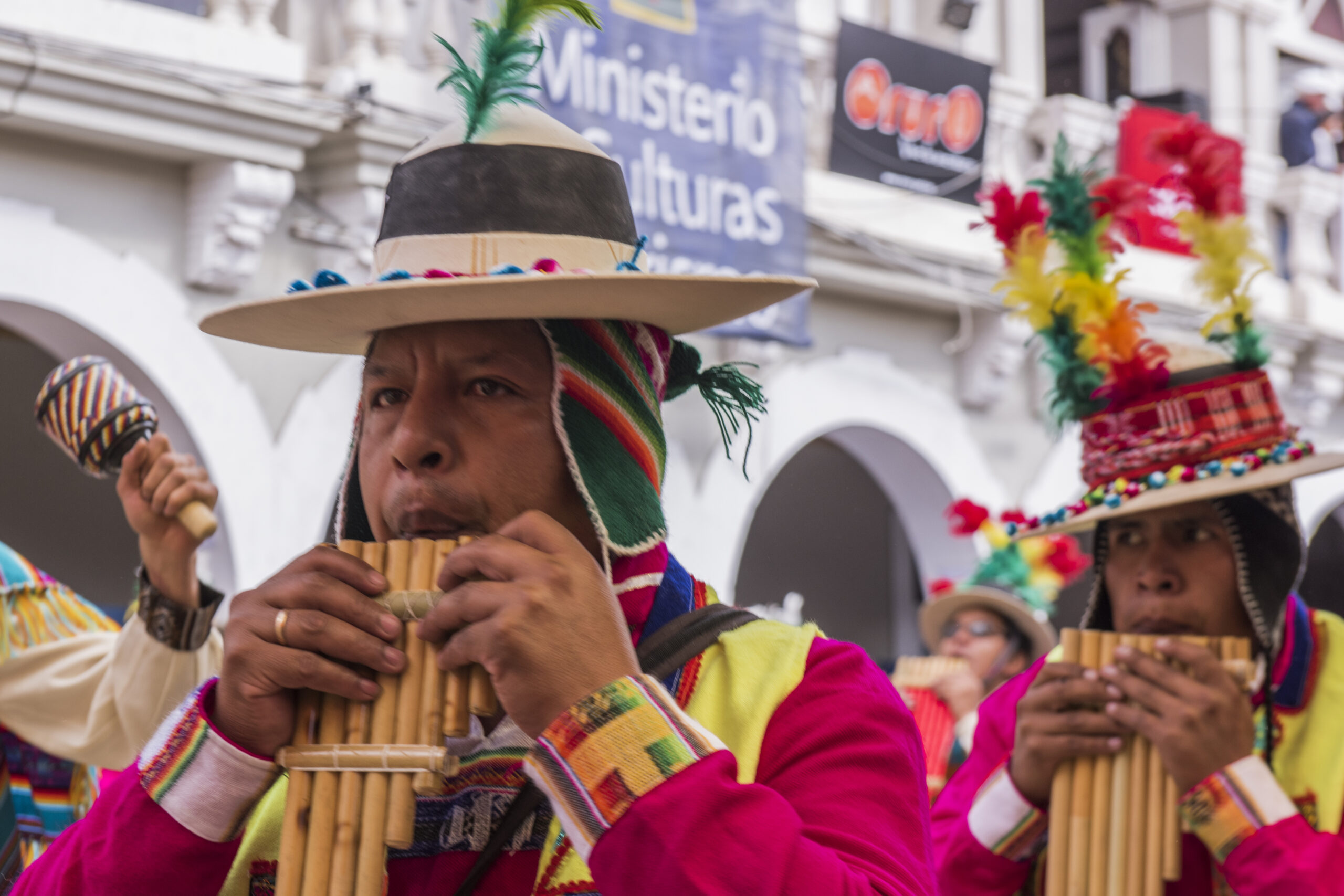As populations around the globe continue to age, it’s imperative for nations to re-evaluate how they support their elderly citizens—not just within the confines of hospitals or clinics, but right at the heart of their communities. Latin America is pioneering an inspiring approach that emphasizes the vital role of culture in caregiving.
Through the NIHR Global Health Research Centre (GHRC) for Community Management of Long-Term Conditions in Latin America, countries like Bolivia, Colombia, and Guatemala are proving that traditional music, vibrant festivals, family rituals, and community customs can be powerful tools for enhancing long-term care (LTC) support. For Indonesia, with its rich cultural tapestry and strong communal bonds, these innovative practices present invaluable lessons and opportunities to nurture its aging population in meaningful ways.
Culture is a Resource, Not a Barrier
Health teams in Latin America are embracing local traditions as opportunities to promote well-being and healthcare support options rather than viewing them as obstacles. Consider the vibrant Guatemalan weaving circles that not only create beautiful textiles but also strengthen social bonds; the powerful Colombian storytelling that nurtures memory in a loving, engaging way; and the lively Bolivian music and dance that energize elders, keeping them active and connected. These cultural practices are not just traditions—they are invaluable assets for health and community resilience.
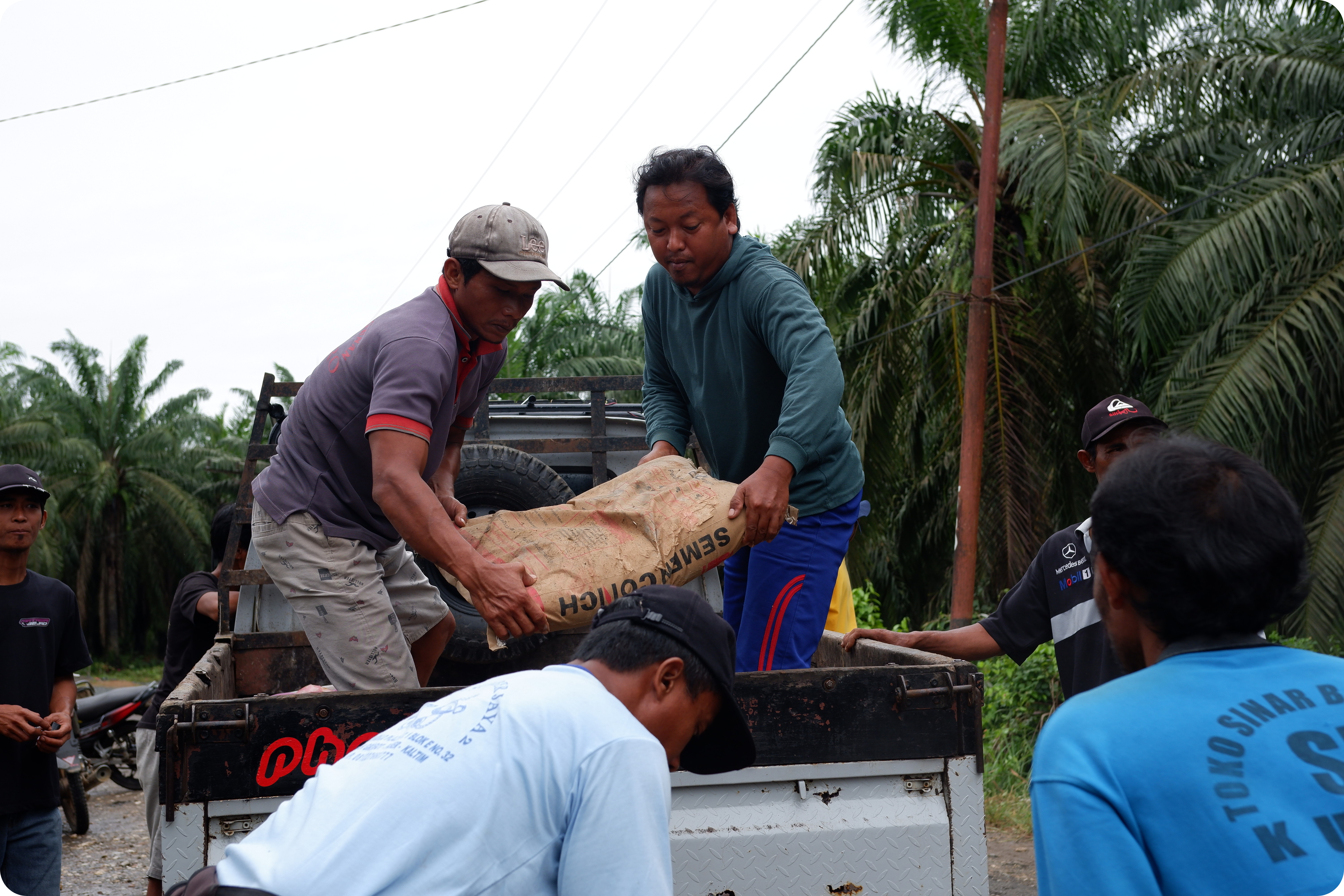
In Indonesia, where concepts like gotong royong (mutual cooperation) and posyandu lansia (integrated health posts for the elderly) are woven into the fabric of society, the message is clear: instead of creating entirely new systems, let’s refine and elevate what communities already excel at. By drawing from established traditions such as pengajian (religious study groups), arisan (rotating savings groups), and traditional ceremonies that bring generations together, we in Indonesia can cultivate support that feels familiar and empowering. This approach not only respects cultural heritage but also enhances the health and sense of inclusion for communities in a deeply meaningful way.
Care Happens Where People Gather
GHRC researchers are revolutionizing health communication by embedding vital health messages and caregiving support right into the heart of communities across Latin America. They are tapping into familiar social spaces—like bustling markets, vibrant festivals, church gatherings, and cooperative groups—where trust and connection thrive.
In Indonesia, we can harness similar communal hubs, such as village halls (balai desa), traditional markets (pasar tradisional), islamic study group (majlis taklim), or even neighborhood WhatsApp groups to make a difference. These platforms offer unique opportunities to introduce essential screenings for chronic diseases, raise awareness about dementia, and provide vital caregiver training—all seamlessly integrated into the community’s daily life. By doing so, we can enhance health outcomes without disrupting the natural rhythm of our social life. Let’s seize this chance to empower our communities with knowledge and support!
Cataloguing Culture for Health
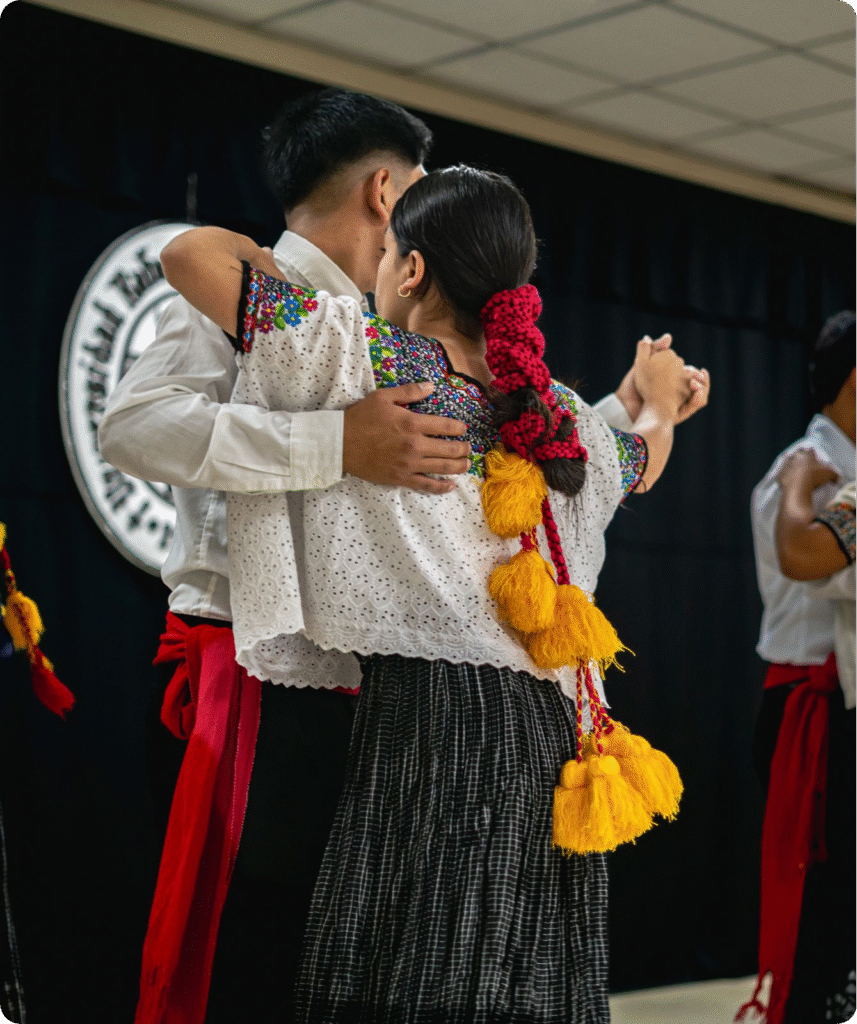
One of the most innovative tools developed by the NIHR GHRC Latin America is the “cultural activity catalog.” This remarkable collection includes local practices, festivals, art forms, and routines that not only promote health and well-being but also celebrate community heritage. These catalogs provide invaluable insights for communities and health workers, illustrating how culture and care can work hand-in-hand to enhance overall health outcomes.
Photo by Juan Diego Samaoya
Imagine Indonesia, a nation rich in diversity with countless ethnic groups and vibrant oral traditions, creating its own culturally tailored catalogs. Picture a resource where the Saman dance serves as an engaging form of gentle group exercise, or where batik workshops for older adults evolve into lively spaces for social interaction and cognitive engagement. These innovative tools have the potential to bring much-needed visibility to the often-hidden care economy. They can empower community health workers to implement approaches that resonate with the local culture, fostering stronger connections and improving health practices in a way that is both meaningful and effective.
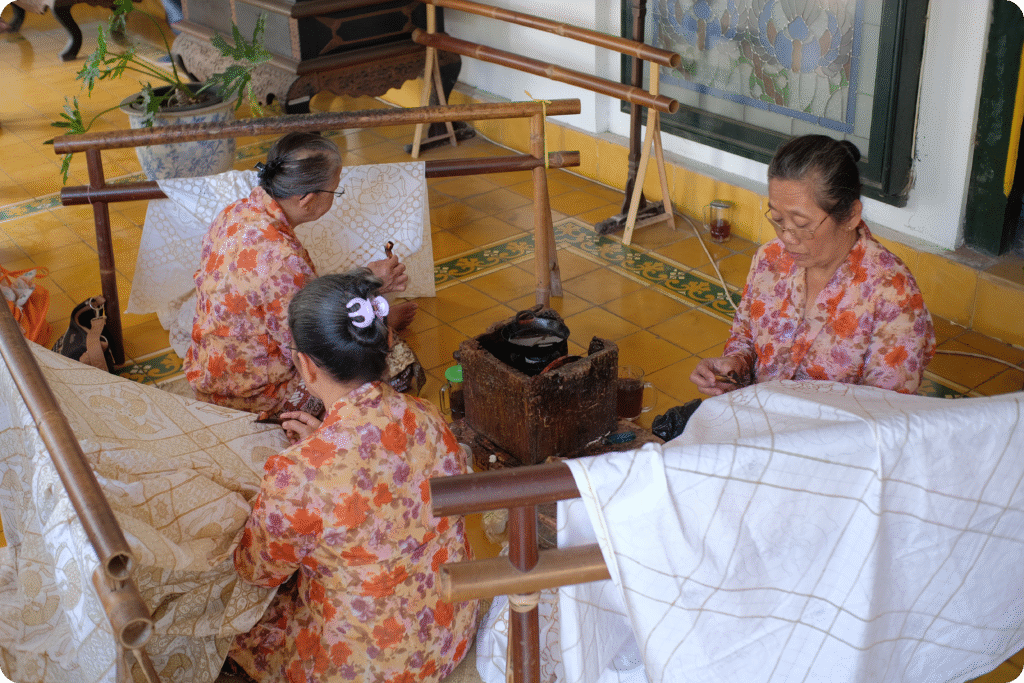
Reframing Care as a Shared Responsibility
The transformative approach taken by Latin America offers invaluable lessons on redefining care—not just as a medical concern, but as a vital social and cultural imperative. By actively engaging artists, elders, youth, religious leaders, and caregivers, these countries are creating inclusive, whole-of-society responses to the challenges of an aging population.
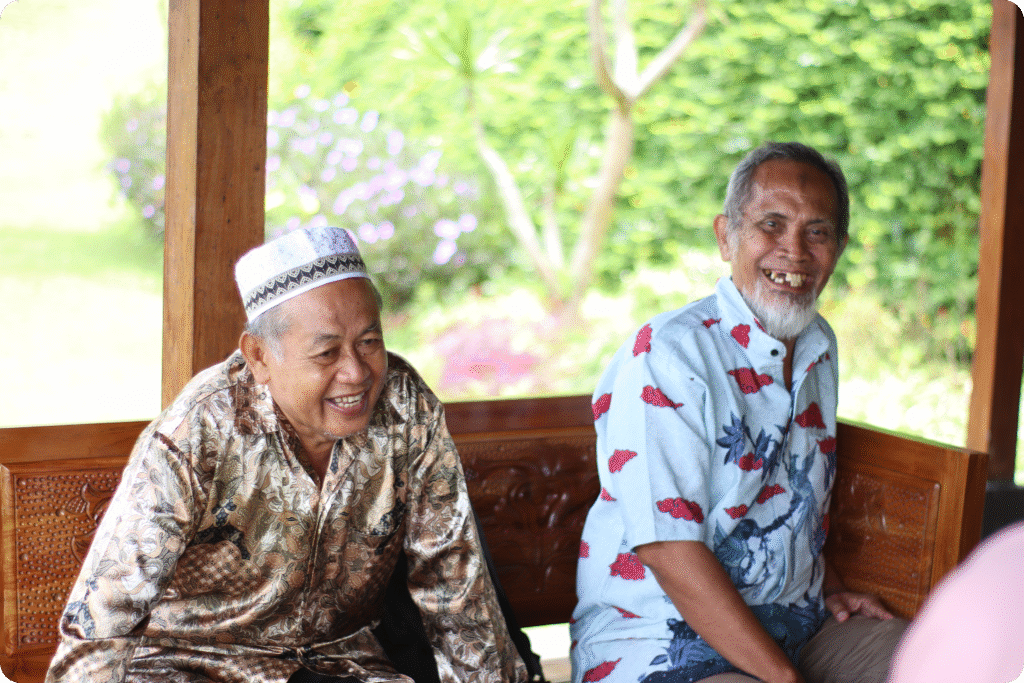
Indonesia has always been rich in values like mutual support, deep respect for elders, and a strong sense of collective identity. What’s crucial now is to cultivate a supportive policy environment and develop service models that truly honor informal care, recognize the invaluable contributions of the community, and foster grassroots innovation. Investing in these areas will empower Indonesia to create a more compassionate and responsive care system.
A Shared Future of Community-Based Care
As Indonesia prepares for the challenges of a rapidly aging population, it can draw valuable lessons from the experiences of Bolivia, Colombia, and Guatemala. These countries not only inspire us; they present a powerful, people-centered approach to care that emphasizes dignity, belonging, and the richness of cultural heritage. From the majestic Andes to the vibrant villages of Java, one truth stands out. The future of long-term care must be deeply rooted in local communities, shaped by their unique cultural contexts, and driven by collective collaboration. Embracing this vision for the future can help transform the way we care for our elderly, ensuring they receive the support they deserve in a nurturing environment.
——————————————————
This blog was authored by Sujarwoto Sujarwoto
About the author:
Sujarwoto Sujarwoto– Sujarwoto is a Professor of Public Service Management at the University of Brawijaya. Presently, in the NIHR Global Health Research Centre for Non-Communicable Diseases (NCDs) and Environmental Change, Sujarwoto is the air pollution and plastic combustion coordinator. He is working on developing sustainable solutions to help prevent non-communicable diseases in high-risk communities and essential public health services in Indonesia.
This research was funded by the NIHR (Global Health Research Centre for Non-communicable Diseases and Environmental Change) using UK international development funding from the UK Government to support global health research. The views expressed in this publication are those of the author(s) and not necessarily those of the NIHR or the UK government.


